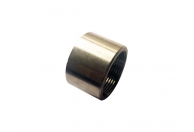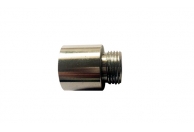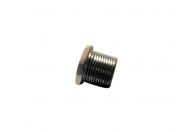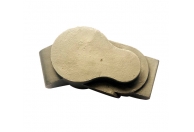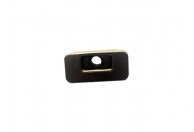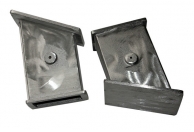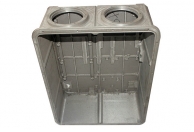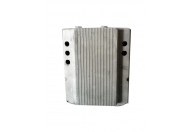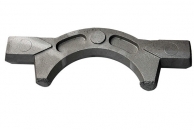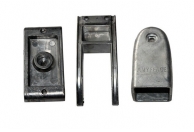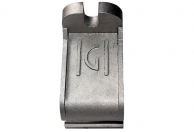- News Center
 Company news
Company news Industry information
Industry information
- Stainless steel 06
- Stainless steel 07
- Stainless steel 05
- Stainless steel 03
- Stainless steel 04
- Stainless steel 01
- Stainless steel 02
- Aluminum castings 05
- Aluminum castings 04
- Aluminum castings 03
- Aluminum castings 02
- Aluminum castings 01
- Aluminum die-casting product 08
- Aluminum die-casting product 07
- Aluminum die-casting product 06
- Aluminum die-casting product 05
Industry information
Position:Home > News Center > Industry information
- What are the surface treatment methods for aluminum alloy castings?
- Editor:Hangzhou Hongcheng Pml Precision Mechanism LtdDate:2017-07-14 11:20 Click:
aluminum alloy casting manufacturer today with you to discuss several surface treatment methods for aluminum alloy castings:
1, phosphating
of aluminumThe effects of accelerator, fluoride, Mn2+, Ni2+, Zn2+, PO4, and Fe2+ on the process of Phosphating of aluminum were studied in detail by using SEM, XRD, potential one time curve and membrane weight change. The research shows that guanidine nitrate has the characteristics of good water solubility, low dosage and rapid film formation, which is an effective promoter for phosphating of aluminum material: fluorides can promote film formation, increase membrane weight and refine grain. Mn2+, Ni2+ can clearly refine grain, make phosphating film uniform, compact and improve the appearance of phosphorized membrane; when Zn2+ concentration is low, it can not form film or With the increase of Zn2+ concentration, the film weight increased. The PO4 content had a great effect on the phosphating film weight and increased PO4. The content of the phosphating membrane is increased.
2, alkaline electrolytic polishing process of aluminum
The alkaline polishing solution system was studied. The effect of corrosion inhibitor and viscosity agent on the polishing effect was compared. The alkaline solution system with good polishing effect was successfully obtained, and the additives that could reduce the operating temperature, prolong the service life of the solution and improve the polishing effect were obtained for the first time. The experimental results show that adding suitable additives in NaOH solution can produce good polishing effect.
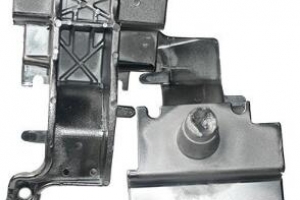 3, environmental chemical polishing
3, environmental chemical polishing
The development of a new environmental chemical polishing technology with phosphoric acid as the base liquid is to realize the zero emission of NOx and to overcome the quality defects of the previous similar technologies. The key of the new technology is to add some special compounds in the base fluid instead of nitric acid. Therefore, it is necessary to analyze the chemical polishing process of aluminum at first, especially the role of nitric acid. The main role of nitric acid in aluminum chemical polishing is to inhibit spot corrosion and improve the brightness of polishing. Combined with the chemical polishing test in pure phosphoric acid, it is considered that the special substances added in the phosphoric acid monophosphate should be able to inhibit the point corrosion and reduce the overall corrosion, and have better leveling and brightening effect.
4. Electrochemical surface enhanced treatment of aluminum and its alloys
The process, properties, morphology, composition and structure of the ceramic amorphous composite conversion film formed by anodizing of aluminum and its alloys in the neutral system are discussed. The process and mechanism of film formation are preliminarily discussed. The results show that the concentration of the membrane promoter is 2.5 to 3.0g/l, the concentration of the collaterals is 1.5 to 3.0g/l, the concentration of Na_2WO_4 is 0.5 to 0.8g/l, the peak current density is 6 ~ 12A/dm~2, and the weak stirring is used to obtain the grey series inorganic nonmetal with complete uniformity and good luster. The film layer. The film thickness is 5 ~ 10μ m, the microhardness is 300 ~ 540HV, and the corrosion resistance is excellent. The neutral system has good adaptability to aluminum alloy, and all kinds of aluminum alloys such as rust proof aluminum and Forging Aluminum can be well formed.





